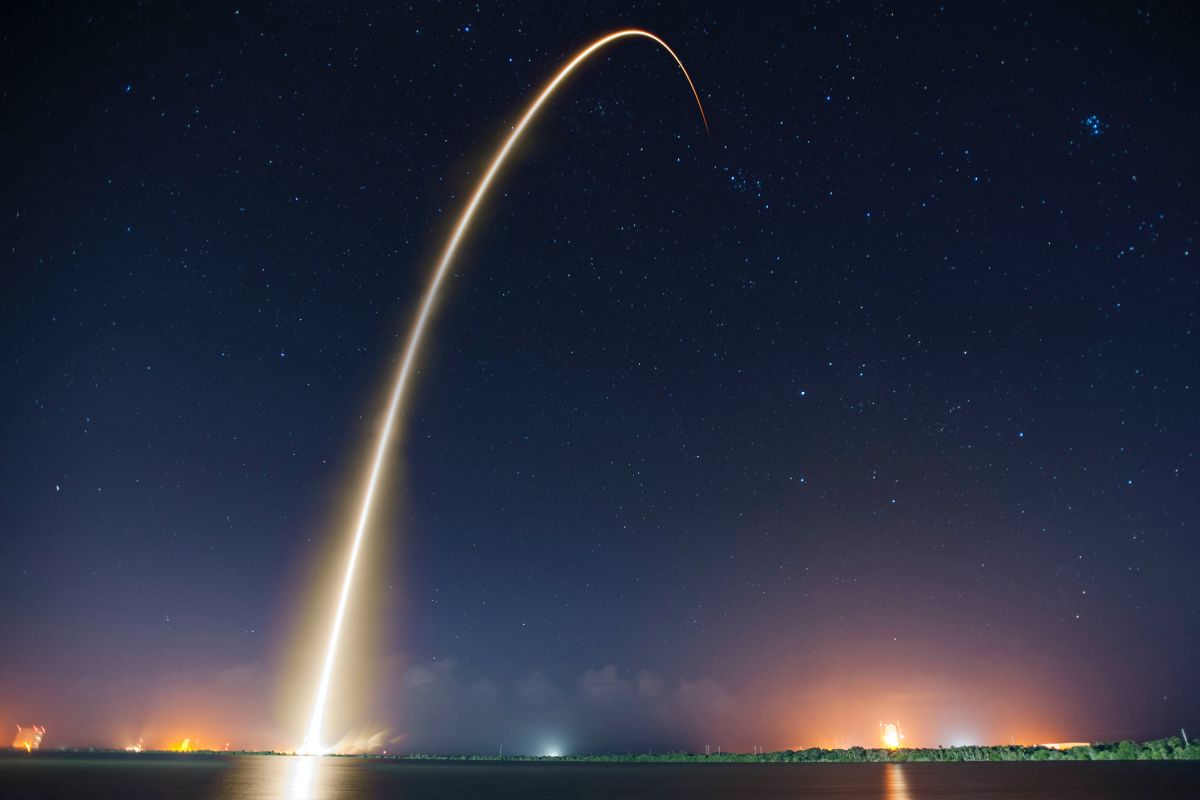Last week, a geomagnetic storm caused the fall of 40 Starlink satellites SpaceX rockets launched from the Kennedy Space Center in Florida on February 3, shortly after being deployed from one of the company’s Falcon 9 rockets.
Images have now emerged showing one or more of high-speed internet satellites burning in the skies over Puerto Rico as they fell low enough to burn up in Earth’s atmosphere.
As reported by Euronews, a camera operated by the Caribbean Astronomy Society (SAC), a non-profit organization, captured streaks of fire in the night sky around 2: 40 at dawn, local time, on February 7.
Here is the video of the SpaceX satellites:
Geomagnetic storm
The satellites were surprised by the geomagnetic storm (caused by emissions from the solar corona into space) before they had the opportunity to slowly increase its altitude to reach its final orbit.
Geomagnetic storms cause disturbances in the upper part of the Earth’s atmosphere and increase the drag of objects to low orbits.
Although SpaceX has not confirmed whether the object(s) caught on camera were its satellites, the company has published an explanation of what went wrong.
“SpaceX deploys its satellites in these lower orbits so that, in the very rare event that a satellite does not pass the checks initial system, deorbit quickly by atmospheric drag”, according to a SpaceX statement.
Fortunately, the hundreds of kilos of satellites tes “pose zero risk of collision with other satellites,” according to the company. As they burn up completely in orbit, “no orbital debris is created and no part of the satellite touches the ground,” they added.
Thousands of Starlink satellites
SpaceX has successfully launched more than 1,800 Starlink satellites for broadband internet that up to date. The failed launch earlier this month was the company’s third this year alone.
The first batch was released in May 2019 and SpaceX currently has regulatory approval to ship 12,12, with plans of further expansion, which could cloud the night sky and make astronomical observations considerably more difficult.
With information from DW.
Also read:
· They propose a mission to reach Mars in 45 days with a ship propelled by a giant laser from Earth
· Punto Nemo: What and where is the spaceship graveyard?
· Depopulation of the Earth could end Elon Musk’s dreams of colonizing Mars1200
